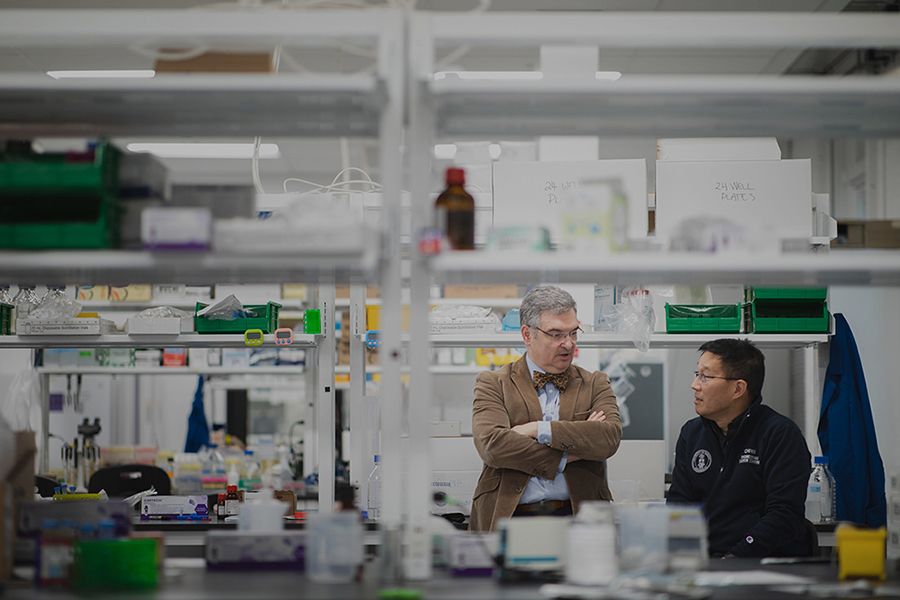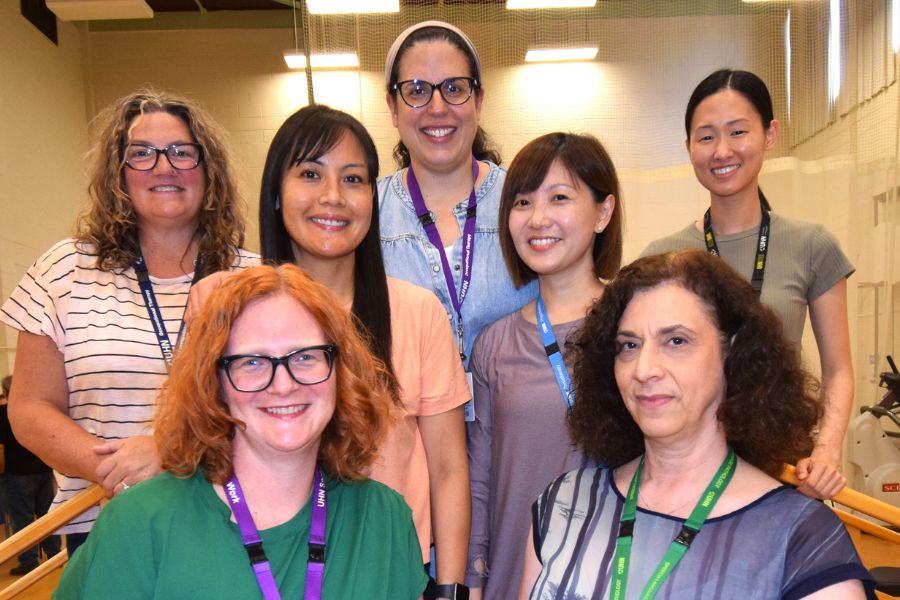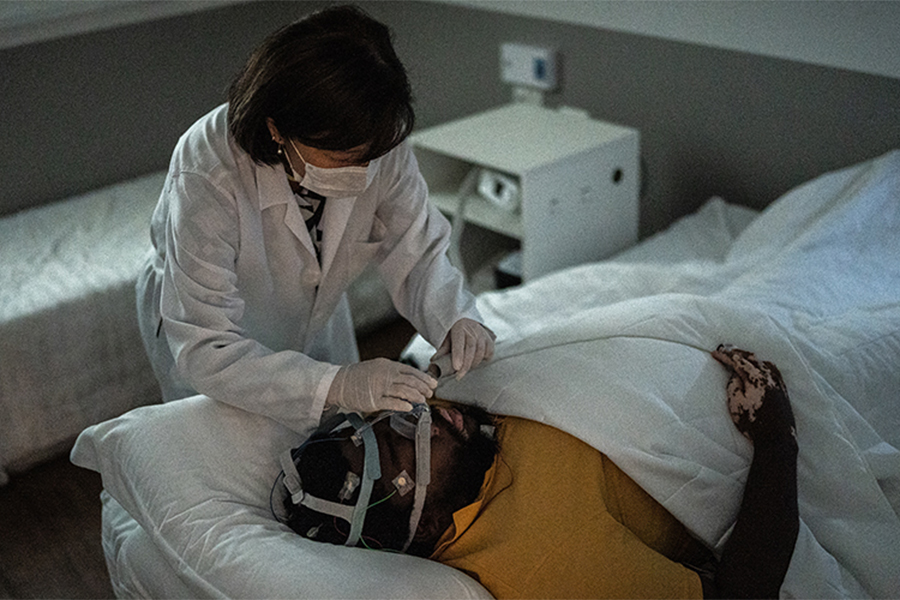
In a world where an implantable electrode can reduce the number and intensity of a patient’s seizures, there’s no question that health care and engineering have become inextricably linked.
Nowhere is that clearer than at UHN’s KITE Research Institute, which has been pushing the boundaries of medical innovation and health care technology since its inception in 2001.
No one is more committed to fostering collaborations between health care and engineering than Dr. Milos Popovic, Senior Scientist and Director of KITE. Since his appointment as Director in 2018, the research arm of the Toronto Rehabilitation Institute has seen a surge in funding, published countless research papers and established a number of technology-based research labs, collaborations and clinics.
Dr. Popovic, who was also appointed Director of the Institute of Biomedical Engineering at the University of Toronto (U of T) in July 2023, is acutely aware of how beneficial it can be when diverse experts from UHN and academia – more specifically, in his case, U of T – come together. Moreover, he knows how challenging it can be to establish these types of alliances.
That conviction has led Dr. Popovic to his latest initiative, a groundbreaking collaboration between KITE and the Institute of Biomedical Engineering at U of T. The goal of this partnership is to create a barrier-free conduit that allows scientists at both institutions to transform cutting-edge technology research more quickly into practical medical applications.
Each organization ‘has its own culture’
While some collaborations between the two institutes have happened in recent years, each has come with a high degree of friction, explains Dr. Popovic. Even as someone with one foot firmly planted in each institution, he has found that moving between them requires degrees of complexity that slows every step in the process.
“Hospitals and universities may seem like they’re compatible, but they’re not,” Dr. Popovic says. “Although scientists pursue research at both types of organizations, each has its own culture, with different modalities of thinking and different approaches to research and intellectual property.”
Although UHN and U of T are connected through the Faculty of Medicine, and the Institute of Biomedical Engineering has partnered previously with UHN on individual projects, this initiative is different.
Dr. Brad Wouters, Executive Vice President of Science and Research at UHN, explains how this collaboration is meant to capitalize on the natural synergy between KITE, which has a large focus on robotics and assistive technology, and the Faculty of Applied Science & Engineering.
“UHN has a very strong relationship with the University of Toronto,” Dr. Wouters says. “But in this case, we’re looking to break down some of the barriers [between institutions] and create opportunities – for people to collaborate, to meet each other, to bring complementary expertise and to take the talent and ideas that are in the engineering faculty and involve them more in our hospital-based research.”

No one ever changed the world on their own but when the bright minds at UHN work together with donors we can redefine the world of health care together.


